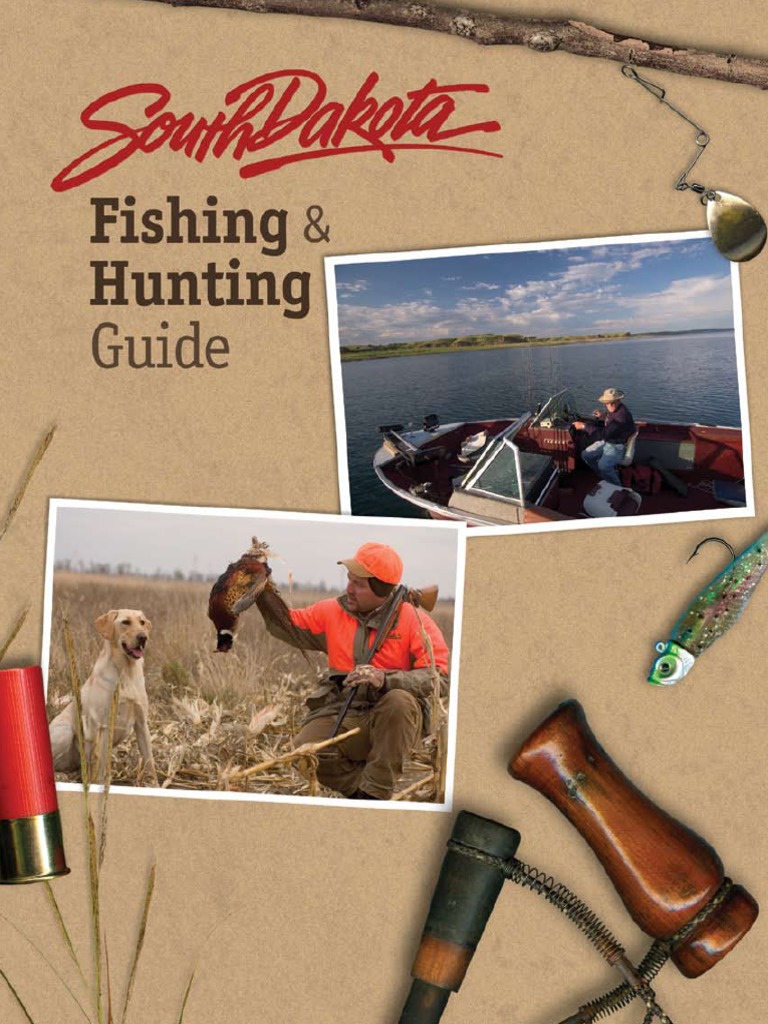Fish Hatchery Production Handbook Alford

Salmon farm in the archipelago of Finland The aquaculture of salmonids is the and harvesting of under controlled conditions for both commercial and recreational purposes. Salmonids (particularly and ), along with, are the two most important fish groups in.

The most commonly commercially farmed salmonid is the. And are the most commonly farmed salmonids for and through the.
Autodesk Inventor 2012 32 Bit Free Download. Agrodok 15 Small-scale freshwater fish farming. 7.1 Egg production 57 7.2 Hatcheries 58. The need to increase fish production by fish farming is ur.
In Europe, are the most commonly reared fish for recreational restocking. Commonly farmed non-salmonid fish groups include,, and. In 2007 the of salmonids was worth US$10.7 billion globally.
Salmonid aquaculture production grew over ten-fold during the 25 years from 1982 to 2007. Leading producers of farmed salmonids are Norway with 33 percent, Chile with 31 percent, and other European producers with 19 percent. There is currently much controversy about the ecological and health impacts of intensive salmonids aquaculture. There are particular concerns about the impacts on wild salmon and other marine life. Some of this controversy is part of a major commercial competitive fight for market share and price between Alaska commercial salmonid fishermen and the rapidly evolving salmonid aquaculture industry.
Salmon egg hatching. In about 24hrs it will be a fry without the yolk sac. The aquaculture or farming of salmonids can be contrasted with capturing salmonids using techniques. However, the concept of 'wild' salmon as used by the Alaska Seafood Marketing Institute includes stock enhancement fish produced in hatcheries that have historically been considered.
The percentage of the Alaska salmon harvest resulting from ocean ranching depends upon the species of salmon and location. 2Nd Speech Center Keygen Download here. Methods of salmonid aquaculture originated in late 18th century fertilization trials in Europe. In the late 19th century, salmon were used in Europe and North America.
From the late 1950s, enhancement programs based on hatcheries were established in the United States, Canada, Japan and the USSR. The contemporary technique using floating sea cages originated in Norway in the late 1960s. Salmonids are usually farmed in two stages and in some places maybe more. First, the salmon are hatched from eggs and raised on land in freshwater tanks. Increasing the of water during incubation reduces time to hatching. When they are 12 to 18 months old, the (juvenile salmon) are transferred to floating sea cages or net pens anchored in sheltered bays or fjords along a coast. This farming in a marine environment is known as.
There they are fed pelleted feed for another 12 to 24 months, when they are harvested. Norway produces 33 percent of the world's farmed salmonids, and Chile produces 31 percent. The coastlines of these countries have suitable water temperatures and many areas well protected from storms. Chile is close to large which supply for salmon aquaculture. Scotland and Canada are also significant producers.
Modern salmonid farming systems are intensive. Their ownership is often under the control of huge corporations, operating mechanized assembly lines on an industrial scale. In 2003, nearly half of the world’s farmed salmon was produced by just five companies.
Hatcheries [ ] Modern commercial hatcheries for supplying salmon smolts to aquaculture net pens have been shifting to Recirculating Aquaculture Systems (RAS) where the water is recycled within the hatchery. This allows location of the hatchery to be independent of a significant fresh water supply and allows economical temperature control to both speed up and slow down the growth rate to match the needs of the net pens. Conventional hatchery systems operate flow through where spring water or other water source flow into the hatchery. The eggs are then hatched in trays and the salmon smolts produced in raceways. The waste products from the growing salmon fry and the feed are usually discharged into the local river. Conventional flow through hatcheries, for example the majority of Alaska's enhancement hatcheries, use more than 100 tonnes (16,000 st) of water to produce a kg of smolts.
Comments are closed.